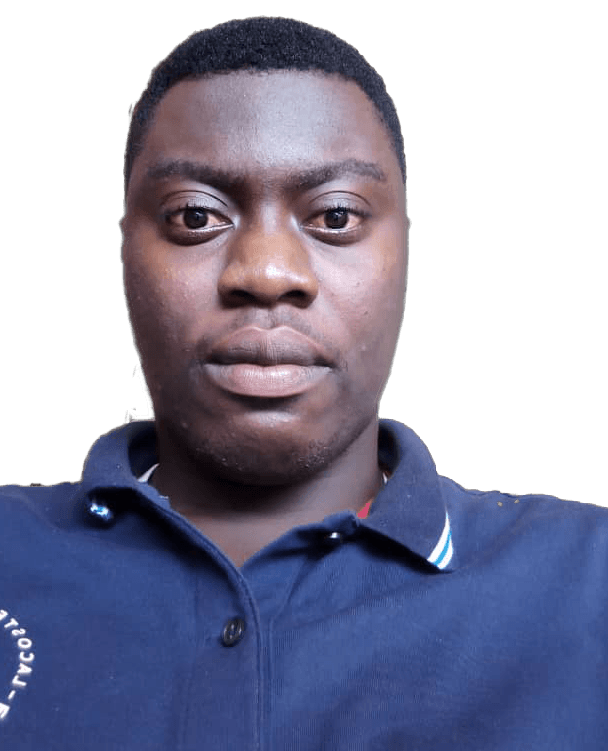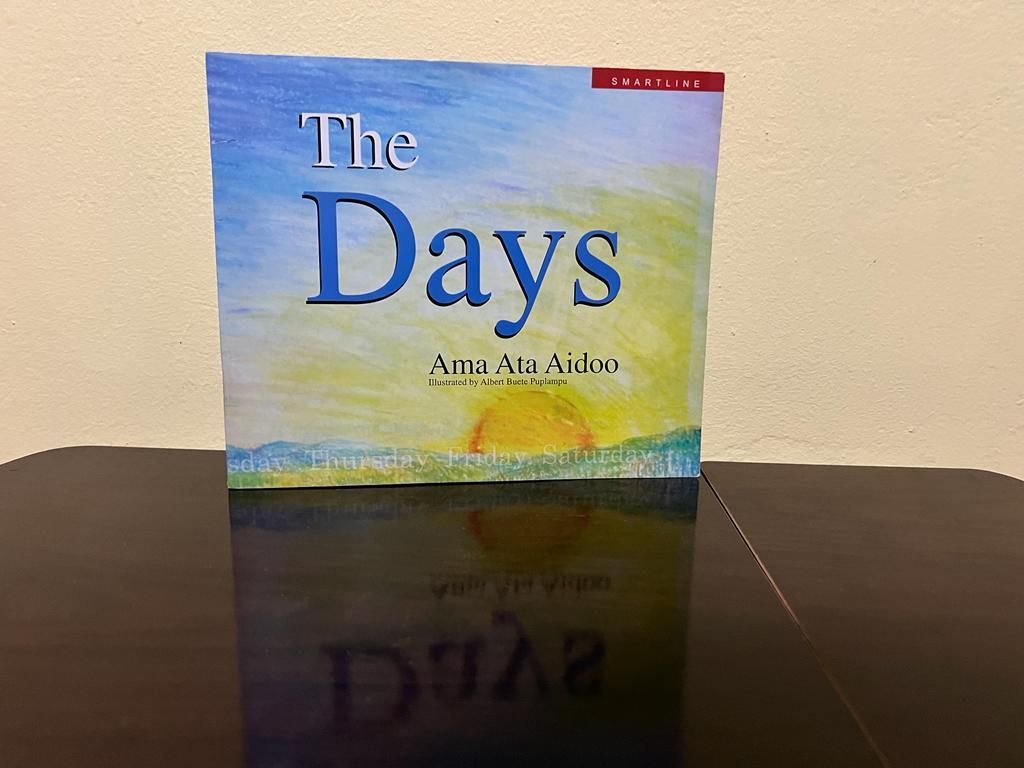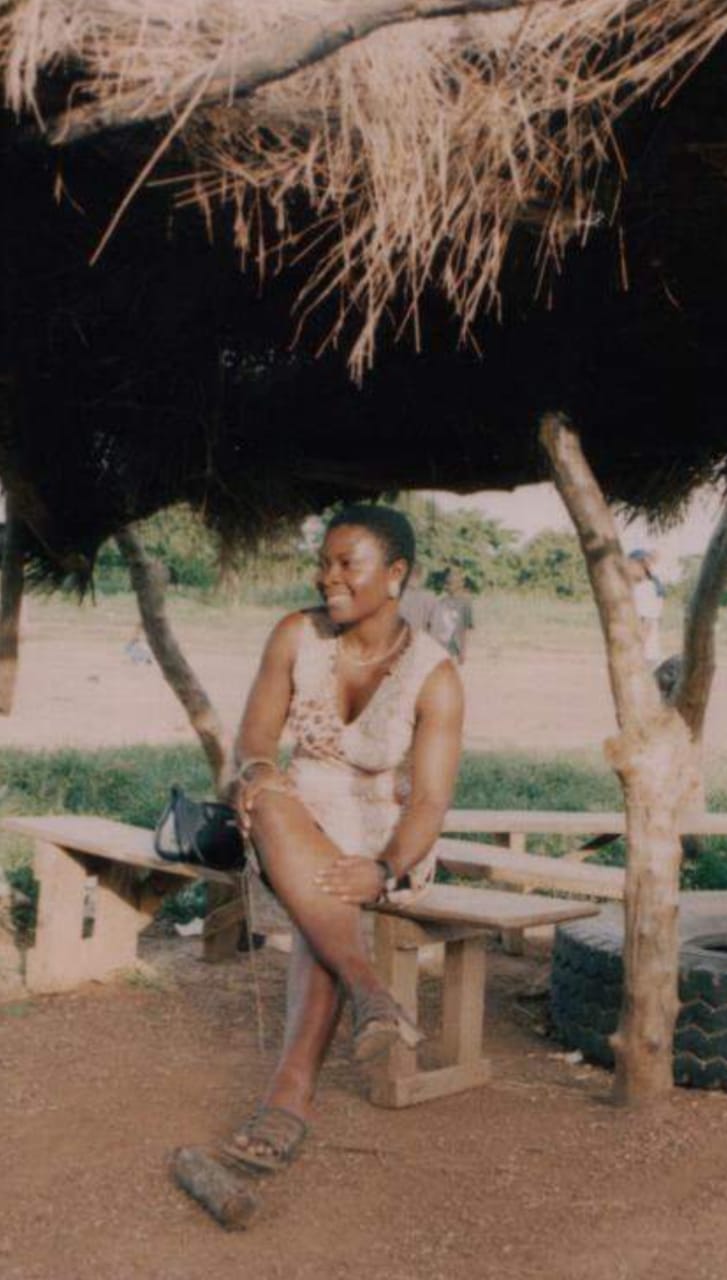Young, Dynamic and Hilarious - Meet Owusu Ojay

Social Media has become the biggest platform where millions of young people are exploring and expressing their creativity in many ways, entertainment is one. It is common today to see young people expressing themselves using video, graphics, photos and what have you. One can find a great deal of comedy videos on social media. There are tons of them.
It is however unusual to find comedy in literary form on social media. There isn't many I can point to. So, it was most refreshing when I chanced on a Facebook friend who makes it a habit of posting humorous narratives, (jokes) much so that it has become his unique brand.
He first caught my attention in 2020 on Facebook. His posts are predominantly in Asante Twi with streaks of English. He achieves a fine mix of Twi "boxed" with English as conventionally done by most Akan speakers. Comments under his posts indicate he has most readers in stitches and consistently so.
At first, I struggled to read his posts because I’m not literate in Akan but my fascination at his insistence to communicate in Twi pushed me to persevere. Like a beginner reader in her formative years, I jerkily read out loud and figured out the context as I went along. Goodness he was funny. Really funny! Even when at times the context of his humour was not so clear to me, he still got me giggling.
I began to follow him. Actually, his jokes pulled me. He is the only friend I have on Facebook who consistently posts in Asante Twi. If that’s not phenomenal enough he also writes comedy using very graphic street narratives. He's been consistent for two years since I discovered him. I have been late in coming though as he has been posting jokes on Facebook since 2014.
His ability to address trending issues in his work with great whack and punches is amazing. I just had to reach out to him.
Jacob Osei Owusu Ansah known as Owusu Ojay on Facebook was born in Asafo, a suburb of Kumasi. His formative years were in Asafo and also at Kotei Deduako. He grew up a "normal" child with the usual perception that all is well.
"Akwadaa biaara swa a ɔyɛ dehyeɛ."
According to Ojay himself, he was a shy, quiet and reserved child who spent most of his time indoors listening to music, watching movies and reading from his father’s collection of books. One wouldn't think so judging by the antics he displays in his works today.
Ojay who has been writing comedy for a as long as he can remember, says talent matures as one experiences life says of interest in comedy "Akyɛ ooo".
His early materials on Facebook Wall were mostly one-liners. He says he loves jokes and jokes love him. Today, he has a lot of life experiences with so much inspiration that humour simply ebbs out of his veins effortlessly. The evidence is on his Facebook Wall.
Although he hasn't formally studied comedy, he knows it well and he lives to write jokes. Ojay doesn't know how jokes became part of him. He's been gifted.
"I didn’t choose comedy, comedy chose me. I didn't try to be funny, I am funny and I have learnt that I can make something out of it. I can't explain. It's divine."
His works to me are such a success that I asked if he has failed at something else.
"This question deɛɛ, me aa I haven't failed menso aa I haven't achieved anything biaaa saaa. Me da mu saaaa but nyame ne hene."
As to whether Ojay has not achieved anything with his works is up for debate. In my view, to up and write comedy using his mother tongue to a supposedly “middle class" audience on social media where English is the main language of communication is a feat worth noting.
What separates his style of humour from others? His jokes come with a mix of acid and tomfoolery bothering on slapstick were they to be enacted.
In his view, his audience relate easily to his jokes in Twi. He points this out as a comfort as it’s also easier for him to express himself in Twi. He explains, tasking people to look up words of punch lines when a joke is told in English is unimaginable. Typical of Ojay, he quips
"Wo deɛ imagine sɛ a word like poignant is part of the punchline of my joke, before sɛ obi bɛ sere no agye sɛ w'afa dictionary."
He also believes it is important to promote the use of our local languages whenever there's an opportunity because " the moment you lose your language you lose your culture and your history."
To him we cannot lose ourselves and should strive not to.
His view is that "The world is a canvas" and asks for people to use it as such and "be creative."
Ojay enjoys making people laugh. To keep going he tells himself " Don't stop writing. Just keep on writing and the ideas will come naturally."
On what character flaw he possesses, he says "One negative thing I have gotten to know about myself is, I don't like making calls and I don't like picking calls. Ɛtɔ da bi aa me nya call aa na me yɛm ahye me. I prefer texting to calling. So my friends always say I don't like calling them. I'm trying to take care of it."
Two things keep him up. "Where I want to be and what I want to be, these two things keep me awake at night. Daeɛ bɔne nso ka ho." Bad dreams also keep him up, he jokes.
If he were to relate himself to an animal, what would it be? "A bird because it's free. I feel like a bird when I'm doing what I'm good at.”
Highlife is staple music for him, Daddy Lumba's "(Harry) Mensei da" is his favourite highlife song. He sees himself in the third verse. "It talks about life. To always keep a clean heart and keep doing what you are good at. The third verse is my favourite part. He talks about how he prayed to God about his talent when he was a kid when the world neglected him. And now look at him, he is now a household name." When he is alone, Ojay thinks about how to improve his life, "I think about how to make the next moment better than the previous one."
He would love to travel to the past if he were to enter into a time machine to boost his confidence.
"I would go back to the past just to feel some moments twice and to tell the little me to be confident."
With regards to how far he sees a career in comedy he states, "I want to be one of the greatest to ever to do it. Like Jordan and basketball". He however asserts that much as he seeks to build a successful career in comedy, working with children takes precedence.
"I hope the role I would be playing as a comedian would allow me to get enough time for the kids. I love teaching so I hope not to have to make a choice between my two loves."
As a man in his youth, he wishes he had inherited from the generation ahead of him the legacy of a Ghana with a better and organized space where all creatives can thrive. His biggest disappointment is the system here.“It has failed us." Regardless, Ojay looks forward to helping to leave a better Ghana for those who come after him, using his art.
Ojay may not consider himself to have achieved anything by his comedy works, yet but I see differently. In a space where most “educated" people strive to exhibit how well they speak and write English and mock those whose use of the English language is not quite up to par; it is heart-warming to see Ojay doing the reverse.
He is showing Ghanaians there’s pride to be had in the use of our local languages. He is displaying that creativity is indeed rooted and he asserts this very well. Not only is it heart-warming but also trailblazing for a young man to dare to break a bias in an environment where if you don't speak English, you may very well be dismissed before you even open your mouth. Thankfully, although gradual, the use of our local languages through traditional media has softened the ground for people like Ojay to build a foundation such as he has. He's got not just me, but many others spellbound and on the floor, reading his Twi jokes. He has considered stand-up comedy and sees a future there but not for the moment.
He is a teacher by day. His comedy, he says merges with his teaching job seamlessly. "Comedy is part of teaching. You can use comedy to educate people." He applies humour as an effective tool for teaching in the classroom, "Sometimes I use jokes to explain some concepts to my pupils. As a teacher "deɛ” you have to be creative."
Ojay is a product of Wesley College and holds a diploma in basic education.
For a man who is single and not even dating here's what he shares in his most recent work on Facebook.
"Chale this Will Smith and Chris Rock issue make I kae some incident bi paaa.
Me ne me girl bi wɔ stadium aa na yɛɛ hwɛ kotoko match bi and my girl got up from her seat to do something.
Me girl no sɔree yɛ aa, one guy bi at the top there no shouted.
He was like, ''maame fa wo to fiaaa no tenase na menhwɛ ball no bi.''
The boys around the guy no were laughing wey my girl too ein face make sad.
I didn’t want to retaliate but I felt some strong urge, so I moved to the guy.
And I made an attempt to slap him but sɛɛ akoa no yɛ TaeKwondo master wɔ Tafo, wo nua sɔɔ me nsa na me gye me ho aa ɛngye.
Ɔhwee m'aniso maa me specs kɔ tɔɔ park no so, referee no na ɛde brɛɛ me wɔ fie.
Two days na me left eye no ɛnhu adeɛ sɛ m'anhyia Dr. Sarfo aa anka m'ani firaa yɛ."
You may find more of his jokes on Facebook - Owusu Ojay.
Esi's Blog


